|
Almost every summer we spend two weeks in Britain or Ireland. This year we decided to travel to North Wales, as we have never been to that area. From the continent, France, Germany, Belgium or The Netherlands, it is easy to travel to Great Britain by car. Since the 1990s you can cross the Channel between France and England through the CHANNEL TUNNEL. From Germany we drive to Calais, France, and at the tunnel station drive our car onto a train. During the crossing, which takes 35 minutes, you can either sit in your car or stand next to it. It is unbelievable how fast you can get to Britain through the tunnel. However, Wales is in the west of Britain, and it takes about four or five hours to get from Folkstone, where you leave the tunnel, to North Wales. We stayed in a cottage close to the Snowdonia National Park and had an unexpected period of warm and dry weather. Because of the wet climate, the countryside is lush and green. Hydrangeas grow wild along the creek. The highlights of our holidays were visits to a National Trust Garden (pictured below) and a well preserved Tudor House in Conwy (pictures to follow in another post). The beautiful garden, called Bodnant Garden, is run by the National Trust. Before the Trust took over, the garden and park belonged to Bodnant Estate. You can see the impressive Victorian conservatory of the old manor house. The garden is on several levels, each with different layouts and plants. Centrepiece is a beautiful old building at the pond with red water lilies. There are many formal parts of the garden with large expanses of lawn and shrubs, and also an outstanding rose garden, beds with summer flowers, an old mill and a garden with a stream, waterfall and arboretum. Because of the mild and wet climate you may think you are in Italy. No signs
tell visitors to keep away from the expansive lawns, and you're invited to play croquet or bring along a picnic lunch. After spending hours in the garden we all agreed that this was the most beautiful one we have ever visited.
1 Comment
Discover oriental life, flavour and colours of Marrakesh. If you decide to travel to Marrakesh, you will experience traditional oriental life as it might have been in past centuries. It is still warm in October and November. In fact, we were told that winter is the best time to visit; few tourists and cooler temperatures, but still warm enough to sit outside. The old part of Marrakesh is designated by UNESCO as a World Heritage site. All buildings are painted in orange/red or blue, just as they were in the Middle Ages. The souks (very narrow market streets with hundreds of small shops) are so large that tourists will get lost, and we had to hire a local guide to help us find our way out again. Most people within the old town still wear the traditional long clothing. There is an overwhelming variety of typical Moroccan handicrafts such as the typical lanterns, teapots, glasses and beautiful jewelry that are sold in the souks. Architecture is in the Moroccan/Islamic style with beautiful tiles and calligraphy. However, after a day or two you will long to escape from the noise, smells and crowds. We recommend a trip to the Atlas Mountains, which are very beautiful with Berber villages set in the high mountains, or to the Atlantic, about a 2 1/2-hour drive from Marrakesh. Le Jardin Majorelle is the lovely house and gardens where French designer Yves Saint Laurent lived until he died. The garden is very famous for the blue/green colors. Typical traditional Islamic architecture and design on wall, tiles, etc. Food stalls in the streets. Spices in one of the many special spice shops. Palm trees with dates. A Berber village in the Atlas Mountains, 1 1/2 hours from Marrakesh. Our grandson, who accompanied us on the trip, found himself with a monkey on his head placed there by someone in the market. It is very common to do this to tourists with monkeys . . . or snakes!
We have celebrated Easter in Provence for the last 30 years. Over that time we have become familiar with most all villages and have found our favorite restaurants, shops and bakeries along the way. The last few years we have found we do less sightseeing, as we are so famliar with the area, but enjoy going out for lunch, spending the afternoon reading a book in the garden soaking up the sunshine or attending an antiques market and then preparing a simple evening meal with produce and specialties from local markets. Although we did do our share of relaxing over our two-week stay, we did visit two wonderful gardens - one in Villeneuf opposite Avignon and the other one in the town of Uzes. We have not been to Uzes for at least 20 years and had completely forgotten how wonderful this city is. We also found a very romantic small village close to Apt called Saignan. Of course, the food was wonderful, as always, and we tried a few new restaurants which were recommended by my brother. The following photo tour will give you a taste of what our spring visit was like.
As devoted gardeners, we do not like winter, and we always feel it takes so long till the first snow drops come out. This year winter in Europe came very early with lots of snow. We live close to the Rhine and usually do not see much snow, but this year there was so much that we thought our boxwoods were going to break. We were lucky, and it seems that the only plants that died were the big bushes of rosemary that were not close enough to a wall or to the house. At the moment the snow is gone, and everything -- even the grass -- has remained green. In spring we have a lot of narcissus in front of the hedges and in the flower beds, but the garden is at its best when the roses bloom in May and June. Once this is over we are always a bit sad since the nicest part of summer is over and we have to do with summer flowers.  This Christrose, as we call it in German, or in English Christmas Rose (Helleborus) is framed by a hedge of boxwoods leading out to the street. Over the years we have planted a lot of boxwoods, which are very popular in Europe. They make a wonderful contrast in winter. You can plant boxwoods in huge pots or in your flowerbeds and, of course, they look especially nice when planted as a hedge along your garden path. You can easily cut them into shapes like balls or squares. With so many evergreens in the garden and ice or snow on top of the shapes, even a winter garden looks nice and not at all depressing. Our property at the back of the house is directly next to a huge wheat field. The view out of our kitchen window is beautiful all four seasons. This winter view is every bit as lovely as in summer.  Here is another view of the field from our sun room at ground level. Again, the boxwood hedge is wonderful in summer and winter alike. We also love birds and feed them when it is cold. As our back garden goes out to the field, we often have pheasants coming into the garden. This winter there were usually four of them. The males are very colorful; whereas, the hens are just brown. As soon as winter is over, they are gone and you do not see them again until the next winter comes.  I saw the first snow drop coming out yesterday, so spring cannot be too far! A magnificent old manor house in Yorkshire/England. As experienced travellers we are always looking for something special for our next vacations trying to combine luxury with a beautiful environment and interesting sights. This summer we have discovered a real gem in rural Yorkshire. We found the website of Ingleby Manor and decided to rent one of the 5 apartments in the old manor house. The magnificent old house is surrounded by paddocks and the most beautiful walled garden we have ever seen. It was a pleasure to live in such a historic house with so many typical features and to use the garden, walk through the old kitchen and hall and imagine what life was like centuries ago. All the apartments are furnished to the highest standards with beauiful old furniture, nice pictures and farmhouse kitchens and a warm welcome with scones or cakes on your arrival. The apartments are cosy and warm - especially when the weather in the north of England is a bit cool, even in the summer months. There is plenty to do: drive to the Jurassic beaches to look for ammonites, discover old abbeys and stately castles and manor houses, visit historic market towns with individual shops or go sightseeing in York, Harrogate etc. If you are interested in cathedrals from the Middle Ages or just want to walk across the moor to see grouse - there is something for everybody. We were so happy in this house that we decided to come back again. All apartments have their own kitchens, but there is a huge kitchen in the main part of the house which is especially interesting. You can book it to use yourself or even have a dinner served there. We never booked the kitchen, but I loved to go there (it was never locked) to look at everything! At one time they cooked in the kitchen with an open fire, and if you look up under the old chimney you see a little bit of the sky where the smoke went out in times gone by. And there is the gleaming AGA stove . . . a showpiece of the kitchen! Huge sitting room where guests can use computer. There is also a library for guests to check out books. The door to the hall with the black and white floor is always open and leads to the wonderful staircase . . . The dark furniture and the balustrade at the side of the staircase are hundreds of years old and carved of oak. The massive gardens at the back of the manor house are breathtaking. There is a gardener who maintains the gardens, but the owners do a lot of the work themselves as well. Following is a small picture tour . . . When we flew to Jordan in December to spend a week in a luxurious hotel close to the Dead Sea, we did not know that we would fall in love with this beautiful country and its people. It is a magical place with breathtaking scenery, historical places that you might know from the Bible, and wonderful plants, and not to forget very friendly people. You are always greeted with a smile and "Welcome to Jordan!" We enjoyed the week and could not get enough. So we came back at the end of March and spent another 11 days in the same hotel. It is built in the most beautiful place I can imagine.  Rooms and food are superb, and a wonderful spa can make your holiday perfect. This post concentrates on the hotel and the premises, and another post will show you the surroundings, some Jordan sights, and, of course, the food for all of those "foodies" who visit Living Tastefully for Eileen's wonderful posts. It is easy to get to the Evason Ma'In Hot Springs & Six Senses Spa. They pick you up in Amman at the airport with their hotel Cadillac limousine and take you to the hotel in one hour. It is a very steep road and leads you to the lowest point of the earth, approximately 300 metres below sea level and close to the border of Israel and Palastine. The lush gardens laying in close proximity to the hotel provide fresh fruits and vegetables for the hotel restaurant. Pictured here is the spa complex. The hotel is surrounded by steep hills. Hot springs come down from the mountains so that the valley is like an oasis. You can take a bath in the hot natural pools, which were already frequented by King Herod, whose castle (ruins) is close by. From the upper floor you can see the Dead Sea, and in clear weather you can see the lights of Jerusalem on the other side of the Dead Sea. The hotel has swimming pools, bikes for hire and a wonderful spa offering lots of treatments and hot pools. Patios for sunning surround the hotel, so one has fabulous views and full sun at all times of the day. We have just come back from southwest Ireland where we spent two weeks in a warm and cozy cottage with an open fire. It was one of the wettest summers in recorded history, but we did not mind. We rented the Maple House, one of a number of house rentals that is a part of the Cashelfean Homes group. Each home is different and unique. The kitchens are fully equipped . . . . . . as is the rest of the house as well. It is just as if you were home. When the weather didn't cooperate, we stayed indoors by a warm fire reading or preparing our meals. The southwest of Ireland is breathtakingly beautiful with subtropical plants, huge fucisias and blue hydrangeas. We saw deserted houses whose owners might have left for the USA in the 19th century . . .  . . . and visited pubs whose owners were called O'Sullivan, Murphy and O'Brien. We could watch the walrus sunning themselves on the rocks just a few minutes' walk from our house. There are dramatic cliffs at the coast, peninsulas with small harbours, steep mountains, moors, waterfalls and lot of sheep. We have decided to go back there next year, as it was the most relaxing holiday we have ever had! And leave a little space in your baggage to buy woolen sweaters and raincoats!
Our son has just come back from Algiers and brought us some traditional homemade desserts. In fact, he brought back 3 boxes so that we have to invite all friends to share the sweets - because they are rich in calories!!  The ingredients used for these sweets are all natural products including honey, almonds, walnuts and dates. It must have taken hours to make them and no shop would offer them at reasonable prices. I was told that the sweets are usually made for weddings and other celebrations. As we grow Moroccan mint in our garden, we quickly arranged the sweets, took out our Moroccan tea pot and sugar bowl and prepared Arabic mint tea to go with the sweets. If you add some rose petals to the fresh mint leaves the tea has a wonderful and refreshing flavour. Don`t add lemon, as it will "kill" the distinct mint flavour. Of course, typical Moroccan tea glasses will complement the setting! Whenever we go to Bavaria in southern Germany we stop in an old walled town, which attracts thousands of tourists from all over the world. The town is called "Rothenburg ob der Tauber". There are wonderful old buildings and cobbled streets. Many hotels, pubs and restaurants have the old trade signs in front of their entrance doors. They are usually made of wrought iron, and painted and many signs show a specific animal whose name is used for the pub or hotel such as "Zum Goldenen Lamm" (golden lamb) "Weisses Rössl" (white horse) etc. The most common animals are lions, horses, deer, lambs, oxen, etc. Some specialty shops also used to have such trade signs, especially the butcher`s shop, the baker`s shop or the pharmacy. You will identify the Brezel which was a typical trade sign in front of the baker`s shops. These signs have a long tradition in Germany, and they go back to the Middle Ages. Of course, some had to be replaced and they have to be repainted again and again. PLEASE ENJOY DIETER'S PHOTOS OF THE TRADE SIGNS AND ROOFTOPS OF SOUTHERN GERMANY!
My brother and some friends purchased an old farmhouse complex in Southern France several years ago. They have divided it into condominiums and rent it out when not enjoying it themselves. This French country kitchen is, of course, our favorite place to be! Note the charming centuries old curved doors and two foot thick stone walls.  The old wood beams of the farmhouse have been left exposed, but the kitchen has every modern convenience with a lovely farmhouse sink and a dishwasher, of course.  There is decorative tile throughout the kitchen with accent tiles of olive branches -- we're in southern France, of course! The focal point of the kitchen is the fabulous Lacanche range made in the Burgundy region of France. The Lacanche Ironworks was founded in the 18th century. They have been making the high-performance gas ranges since 1987.  We serve dinner in the old barn on a huge country table with benches. It is also the site of wedding receptions and seminars when rented out. The loft above the dining table shows the exposed ceiling and beams of the old farmhouse. It is perfect for parties. We are already looking forward to celebrating my brothers' birthdays there in April! |
Maria & DieterWe are a German couple living near the romantic Rhine valley and the cities of Cologne and Bonn in Germany. Three years ago we met Susan through the internet and have become great friends. We have so much in common and share a passion for antiques, good food and traveling, that it is fun to meet and do things together. Over the last 3 years we have met Susan and her sister Eileen in Paris, Germany and the USA. We are already planning our next trips to Provence and Prague and Dieter and I feel honored to provide photos, comments, reports and recipes from Europe to Susan and Eileen's blog. Archives
October 2013
Categories
All
|
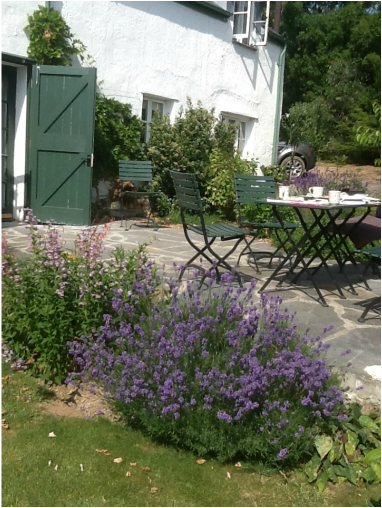

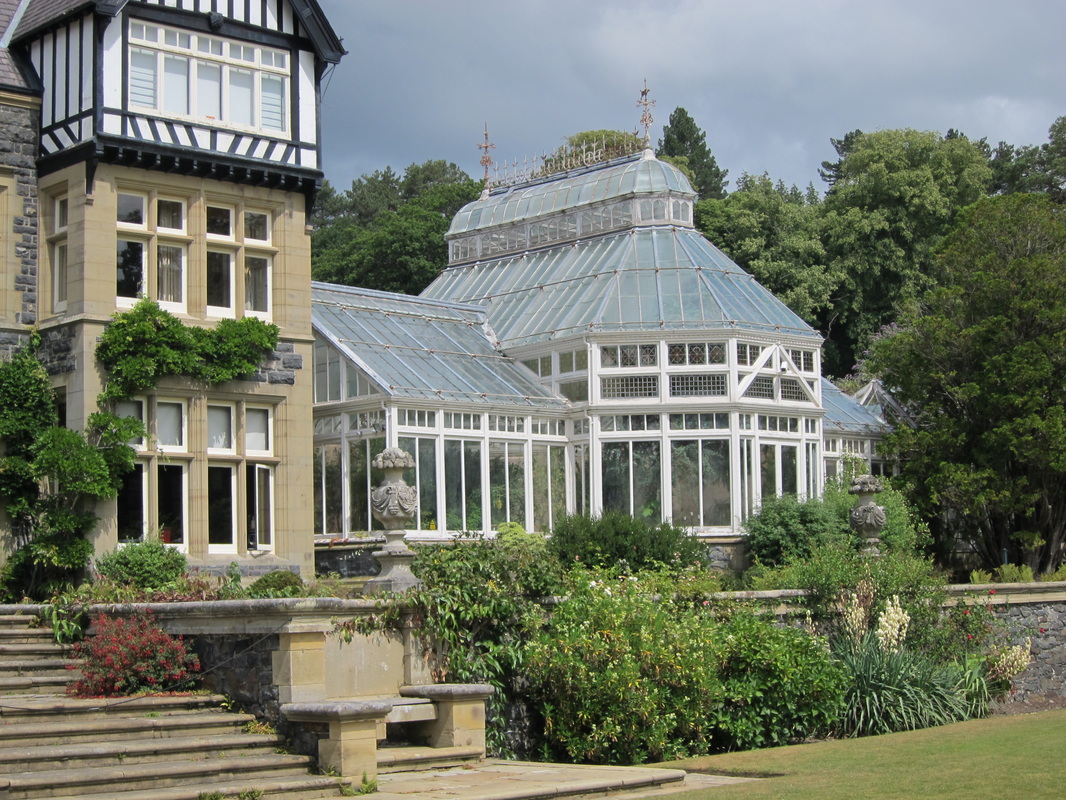









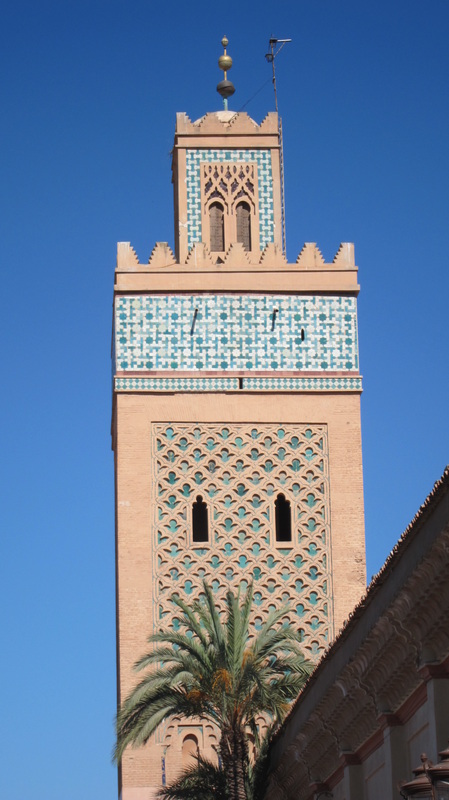







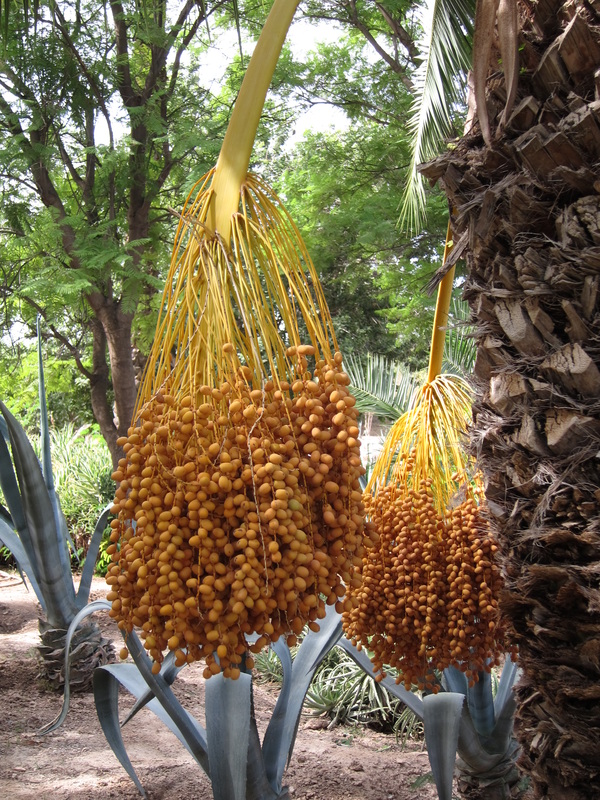

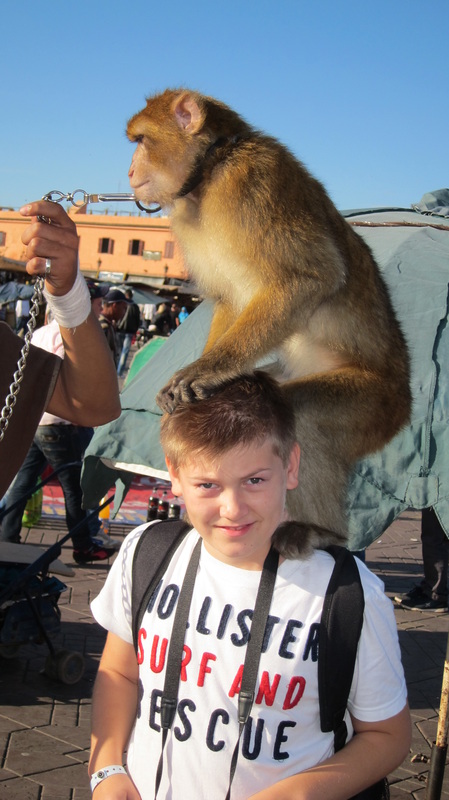







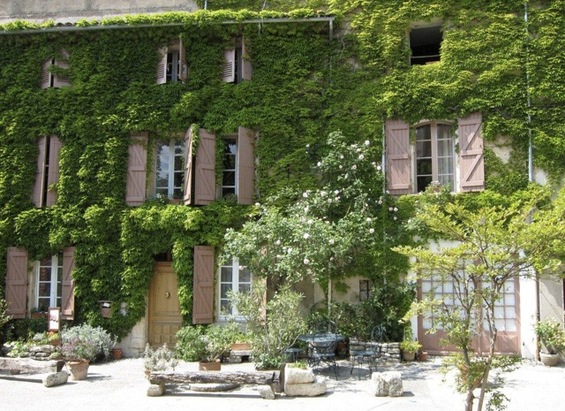
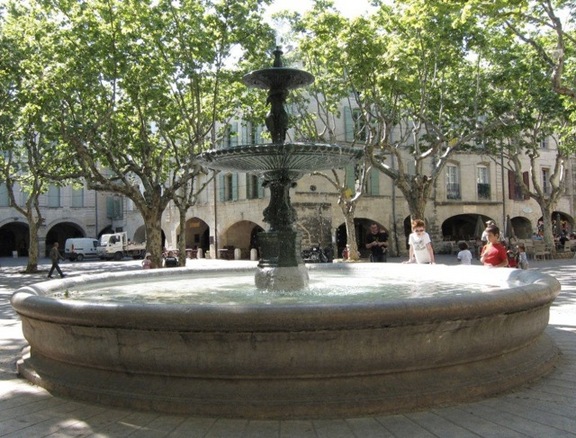





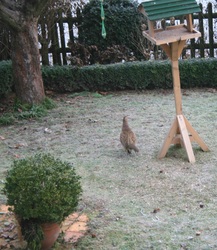





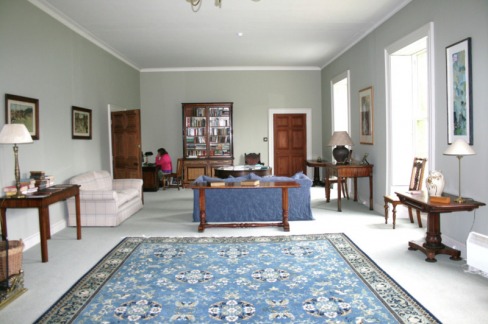













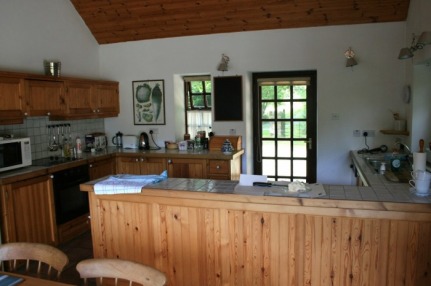
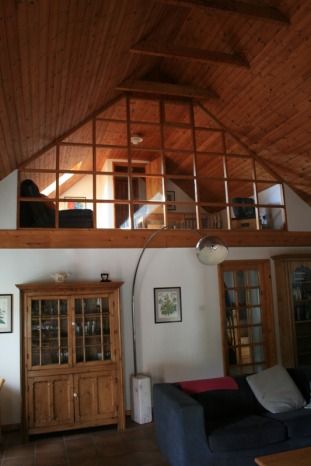
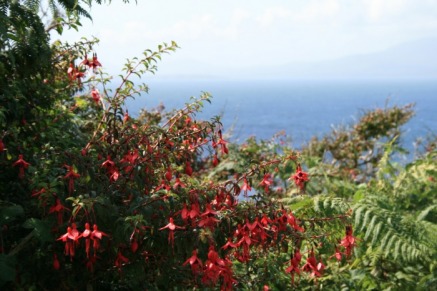
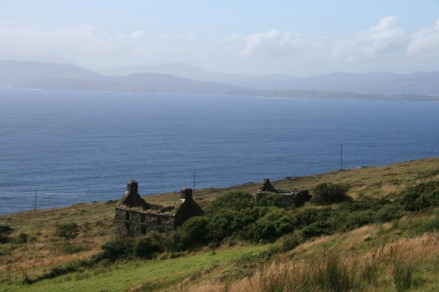












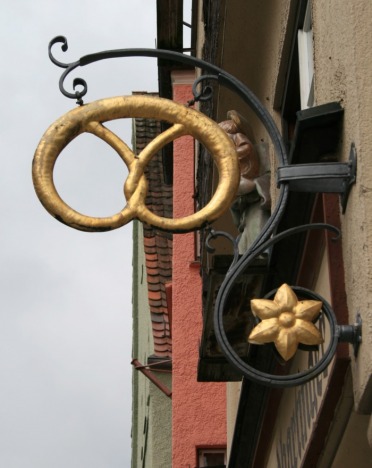





 RSS Feed
RSS Feed